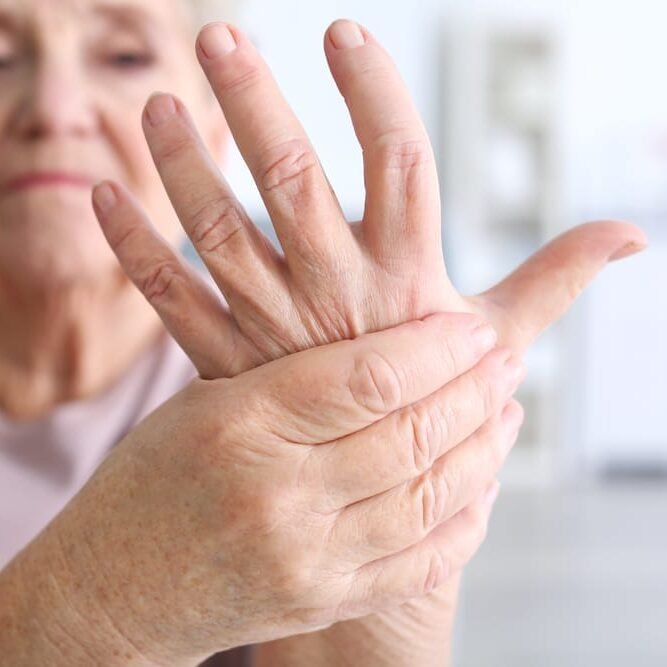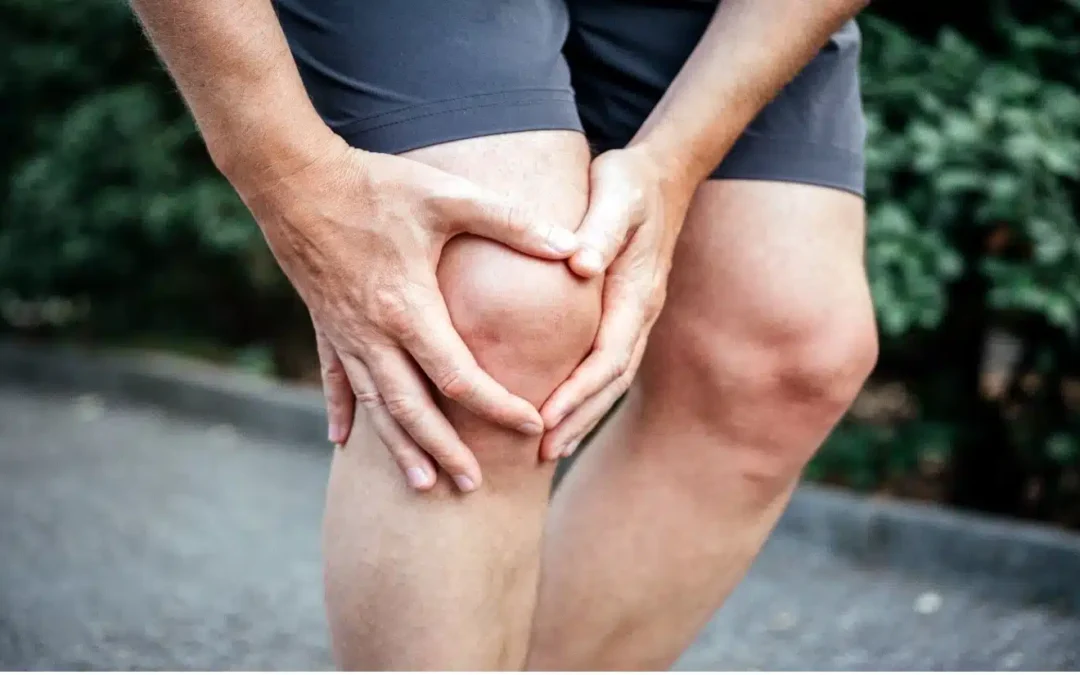For thousands of years, surgery has been humanity’s primary solution for repairing injuries and alleviating chronic pain.

Blog > Wrist Surgery Recovery
From bathing and dressing to working and playing, we rely on the strength, sensitivity, and function of our hands, and everything our hands do for us depends upon the support and mobility of our wrists.
Because we use our wrists so much, injuries are common. Many wrist injuries and the associated pain can be resolved with splinted support or physical therapy, but sometimes, surgery seems to be the only answer. If you are contemplating wrist surgery, you need all the facts to make an informed decision.
Today, we’re focusing on wrist surgery recovery time and the several variables involved.

Any type of surgery necessarily involves extensive healing time that is often painful. The surgery does damage to your muscles, tendons, ligaments, and bones to repair the damage you suffer from. Whether caused by injury, degeneration, or surgery, your body must repair the damaged tissue. Unlike surgery, medicina regenerativa doesn’t result in additional damage. Instead, the treatments stimulate your body’s innate healing mechanisms and train them on the source of your pain. Exploring your treatment options is critical to making informed medical decisions.
For those who choose surgery, wrist surgery recovery varies from person to person, depending on their age, general health, pre-existing conditions, and pain tolerance. Lifestyle choices like good nutrition or smoking can also significantly impact healing.
Further, recovery timelines vary based on the nature and severity of the wrist injury as well as the type of surgical repair. For instance, scaphoid fracture repair is a minimally invasive procedure that inserts a screw to stabilize a simple fracture and facilitate healing. Recovery time is far faster for this simple procedure than for a distal radius fracture with multiple complications.
Finally, your dedication to post-operative physical therapy and rehabilitation is critical to your recovery time as well.
For these reasons, discussing how long wrist surgery takes to heal necessarily involves general timelines, and your experience may vary. Nevertheless, the healing timelines for various wrist surgeries can help you plan your surgery and recovery process.
Let’s see wrist surgery recovery time following several common procedures:
How you experience post-surgical recovery and how soon you can return to work depends on whether or not the surgery was done on your dominant hand. If so, the recovery time may be slightly shorter than it would be for your weaker wrist.
However, your frustration will likely be higher as you continually encounter activities you rely on your dominant hand to perform. While many people become adept at compensating, this has mixed results. While they enjoy greater independence during their recovery, they also risk overuse injury by imposing a sudden, unfamiliar burden on the non-dominant hand.
Generally, if you have surgery on your dominant wrist and perform repetitive tasks at work, you can return to work within about six to eight weeks. However, if the surgery is done on your non-dominant hand and you don’t do repetitive tasks, you might be able to get back to work within seven to 14 days.
Outside the nature and severity of the injury, the single most important factor affecting your recovery time from wrist surgery is your commitment to your post-surgical rehabilitation. This includes effectively managing the pain and swelling as well as adhering to physical therapy and range of motion exercises as recommended by your doctor.

Surgery causes additional damage on top of the injury it seeks to repair. Recovery puts a great burden on your body.
A healthy lifestyle (which includes eating a well-balanced diet, getting plenty of exercise, getting good sleep, drinking enough water, and quitting smoking) can significantly affect your wrist surgery recovery.
Let’s see how healthy choices can shorten wrist surgery recovery time:
It is unlikely that your wrist will ever recover to its former state after a significant injury or major surgery. However, you can recover most of your strength, range of motion, and function if you faithfully adhere to your recommended physical therapy.
Depending upon the type of surgery, you should be able to begin moving your fingers within the first few days of your wrist surgery. It may take up to six months before the stiffness in your fingers fully subsides.
Following wrist surgery, you must continue wearing the brace and following the recommended physical therapy exercises. Failing to do the exercises risks your full recovery. Pushing your wrist too hard also risks reinjury.
If you choose regenerative medicine to treat your wrist injury, you’ll skip the painful recovery process and pain medication. However, we recommend continuing your wrist exercises to strengthen your wrist and improve function and mobility.
Do rehabilitation exercises for the wrist and the entire arm to improve your wrist surgery recovery. Rest when needed, and use ice to calm painful flare-ups. If the pain is extreme or your healing process seems slow, consider regenerative medicine to improve your recovery following surgery. We work to ease pain, improve function, and boost your range of motion.
If your wrist surgery fails, you’ll face options like immobilizing the joint, trying a bone graft, or using regenerative medicine.
While regenerative medicine is an alternative to wrist surgery, it aims to increase mobility and decrease pain at the source of your joint pain.

For thousands of years, surgery has been humanity’s primary solution for repairing injuries and alleviating chronic pain.


Los suplementos para la salud articular y ósea QC Kinetix ayudan a su organismo a reparar y renovar los tejidos articulares lesionados, incluidos cartílagos, ligamentos y tendones, al tiempo que reducen la inflamación de las bursas. A diferencia de los esteroides o productos farmacéuticos, nuestros suplementos para las articulaciones trabajan con su cuerpo para promover la curación.
Supplements can boost your overall joint health as part of a general fitness program. However, they are particularly valuable for treating damaged or inflamed and articulaciones dolorosas. The Arthritis Foundation finds that joint health supplements show promise for relieving pain, stiffness, and other symptoms of arthritis.

*Fill out the form below, and an expert will reach out to you shortly. All fields must be completed.
*Por favor permita 30-60 minutos de tiempo asignado para reunirse con un especialista para determinar si usted es un candidato para nuestros servicios. Los exámenes están incluidos y son gratuitos.

QC Kinetix (Cary)
QC Kinetix (Clayton)
QC Kinetix (Raleigh)
QC Kinetix (Wake Forest)